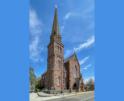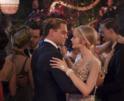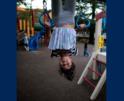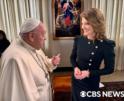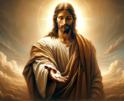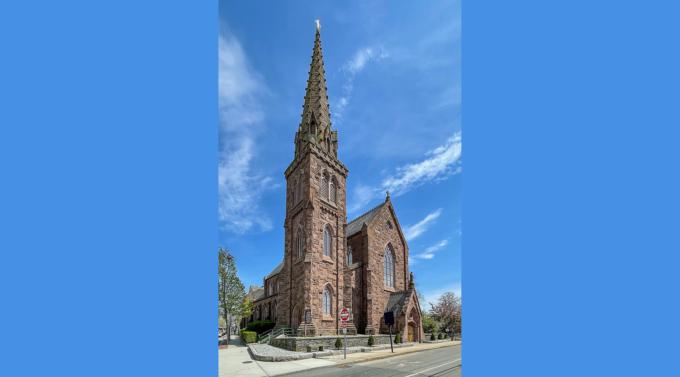
Culture
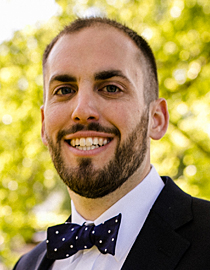
Lester
On Saturday, June 14, 1849, Bishop John Fitzpatrick of Boston was in Newport, Rhode Island, to lay the cornerstone of St. Mary Church.
The "History of the Archdiocese of Boston" reveals that Newport was visited by Father John Thayer of Boston at least twice, first in 1791, and again in 1798, to minister to the handful of French-speaking Catholics and the Spanish Consul and his family. It was not until the summer of 1802 when Father John Tisserant was next to visit the city. Then, in the fall of 1803, Bishop John Carroll stopped there on his return to Baltimore from dedicating the Cathedral of the Holy Cross in Boston. And again, Father Tisserant made the journey in 1804. In 1805, Father Francis Matignon, pastor of the Boston mission, made his first visit to Newport from which point forward the city received an annual visit by a Boston priest.
The construction of Fort Adams beginning in 1825 and increased coal mining in nearby Portsmouth around the same time drew many Irish laborers to the Newport area. By 1827, Bishop Benedict Fenwick of Boston took notice. On Jan. 4, 1828, he sent Father Robert D. Woodley to serve the Catholics in that state and determine the feasibility of building a church and assess the best location.
Father Woodley visited Newport in February 1828, and on April 8, completed the purchase of a schoolhouse near the center of town capable of holding 400-500 people for the price of $1,100. When he visited, Bishop Fenwick was not satisfied with the purchase, the building being in poor condition and the lot too narrow for expansion. He urged the purchase of an adjacent lot, which was completed in 1830.
In that same year, Father Woodley was succeeded by Father John Corry, who replaced the renovated schoolhouse with a new church on the adjacent lot. It was dedicated to St. Joseph on Aug. 20, 1837.
Although the completion of Fort Adams in 1842 had seen some of the Catholic population depart the area, within several years, it was thriving once more, and a new church was once again required to serve the growing numbers. Father James Fitton, founder of Mount St. James Academy in Worcester, an early iteration of the College of the Holy Cross, was pastor of the parish at this time and raised money to purchase a new site on Spring Street in 1847.
By this time, the Diocese of Hartford had been erected (Nov. 28, 1843), encompassing the states of Connecticut and Rhode Island, under Bishop John Tyler. As noted in The Boston Pilot, he was ill and unable to attend the laying of the cornerstone, so Bishop John Fitzpatrick of Boston was required to take his place.
On June 14, the appointed day, Bishop Fitzpatrick departed Boston at 5 a.m. by horse and buggy, no public transportation being available until that afternoon. He arrived in Newport at 10 a.m. Meanwhile, a large crowd of Catholics and non-Catholics alike gathered around and inside the foundation walls of the new church. The service commenced at 11 a.m. with the singing of a Psalm and then a procession around the immediate neighborhood led by a cross-bearer, altar boys, various clergy, and Bishop Fitzpatrick. The procession was accompanied by the Third Artillery Regimental Band from Fort Adams.
"Striking and impressive to the eyes of those who had never enjoyed the opportunity of witnessing a ceremony which is comparatively so uncommon in our country," those in the column chanted psalms and hymns until finally coming to a halt at the southwestern corner of the church.
Then, the ceremony proper began. Bishop Fitzpatrick first sprinkled the foundation with holy water and, being handed a trowel, made the sign of the cross, and stated aloud in Latin:
"In the faith of Jesus Christ, we lay this first stone on this foundation, in the name of the Father, and of the Son, and of the Holy Ghost that true faith may flourish here, and the fear of God and fraternal affection; and may this place be devoted to invoking and praising the name of the Lord Jesus Christ, who liveth and reigneth, one God forever and ever."
The stone was then carefully put into place and the bishop sprinkled it with holy water, then struck it several times with a wooden mallet while chants and prayers were recited by a choir. Then, he blessed the edifice.
The crowd then processed around the exterior walls while the bishop sprinkled them with holy water. They continued through the doorway to gather around a platform in front of the sacristy where they listened to Father Nicholas O'Brien of Boston deliver an address, after which the bishop and clergy chanted a Psalm, and the band performed an overture, thus marking the closing of the days' events.
The Boston Pilot reported that an engraved plaque on the cornerstone read, in Latin, "To the Greater Honor and Glory of Almighty God, and under the patronage of the Ever Blessed Virgin, conceived without sin, this corner stone of the church, of the HOLY NAME OF MARY, was laid June XIV, A.D. MDCCCXLIX."
A time capsule was also placed in the cornerstone, containing a "parchment" noting key facts about the era in which it was placed: church construction began on Aug. 7, 1848; at the time, there were about 586 Catholics in Newport out of a total 9,000 people; the foundation was dug by volunteers; the first stone was laid Aug. 15; the foundation walls began the next day; and the cornerstone was laid on June 14, 1849.
It continues that it was the 74th year of American independence, the Roman Pontiff was Pius IX, Rt. Rev. William Tyler was bishop of the diocese, Zachary Taylor was president of the United States, Henry B. Anthony, governor of Rhode Island, and Rev. James Fitton pastor of the parish.
In addition to the document, there were copies of several Catholic newspapers from around the country, proceedings of the most recent Provincial Council at Baltimore, a published sermon by Father Fitton, coins, medals, pamphlets, and copies from that day's issues of both the Herald of the Times and Newport Daily News. The Boston Pilot reflected that "the day was delightful, and everything passed off well, without an accident of any kind."
Following the ceremony, Bishop Fitzpatrick was treated to a tour of Fort Adams before spending the night in the home of a local resident. Proceeding to Providence the following day, he visited Bishop Tyler and administered to him the Sacrament of Extreme Unction. News arrived in Boston three days later that Bishop Tyler had succumbed to his illness and died earlier that day.
While there are many noteworthy moments in the history of St. Mary, it is worth adding that just over 100 years later this church would serve as the site of the marriage between Sen. John Fitzgerald Kennedy and Jacqueline Lee Bouvier on Sept. 12, 1953, officiated by then Archbishop Richard J. Cushing of Boston.
- Thomas Lester is the archivist of the Archdiocese of Boston.
Comments
Comments Policy
Recent articles in the Culture & Events section
-
The establishment of St. Mary Church in Newport, R.I.Thomas Lester
-
'Gatsby' nearing century markRussell Shaw
-
Summer media survival tips for parentsSister Hosea Rupprecht, FSP
-
Pope Francis' CBS interview is surprisingly and refreshingly clearGretchen R. Crowe
-
Scripture Reflection for June 9, 2024, Tenth Sunday in Ordinary TimeDeacon Greg Kandra

